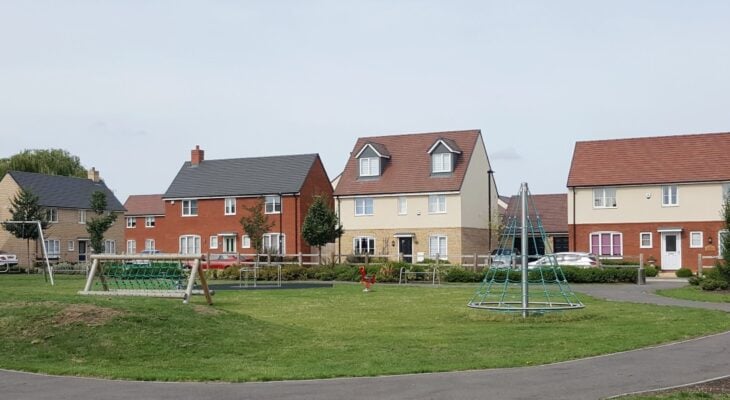Shelter, along with food and water, are the basic building blocks of our existence and our personal wellbeing. We are a social species and housing is also central to our social lives.
Housing failure, in all its forms, both blights individual lives and damages the fabric of society. Homelessness is crippling for individuals and families. Inadequate housing creates a wide range of pressures and fractures.
Not fit for purpose?
In the UK, the tenure mix – who rents, who borrows to own, who owns outright – has shifted, and the post-war borrow-to-buy model has lost its dominance, with more owned homes now outright owned than mortgaged.
This is partly due to an ageing population as mortgages are paid off – the ONS reports, for instance, that three quarters of over 65s now own their homes outright. But it also appears to reflect worsening inequality. The challenges facing younger adults either renting or buying are only too well documented. Sadly, solutions seem harder to come by.
It also seems that housing in the UK is becoming increasingly unfit for purpose (e.g. for the ageing population), while general pressures on housing availability continue to mount.
And if that wasn’t enough to think about, the COVID-19 pandemic turned the places we call home into other things as well: offices, schools, gyms, entertainment. For a period, pretty much all of the indoor components of our social existence were concentrated under a single roof, and this has left a lasting impact.
But it’s not just about having the best boxes to live in. The spaces in between houses matter too – often more than the houses themselves. Danish architect Jan Gehl could see this – his brilliant book, Life Between Buildings, explored how the vibrancy of communities and places was shaped by what went on outside and between the buildings themselves.
Place and space
The 20th century legacy of car ownership has made no-go zones of much of our between-buildings space; some of the most effective ways of bringing these spaces back to life have involved simply handing the spaces back to people.
The history of housing development in the UK is littered with stories about how these spaces have been used, abused, or just neglected. These include garden cities, ribbon developments, and sink estates, but also more mundane failures of imagination (with some honourable exceptions) that persist in housebuilding today.
The buzzword is “Place”. Of course, everyone wants great places to live. But how often is it more than just a buzzword?
In recent years, policymakers have been attracted to the idea of housebuilding as an opportunity for economic stimulus, through the ripple effect of the construction process or (more interestingly and controversially) to attract or secure businesses and employment.
But the benefits may be difficult to prove and there is a downside if the consequence is a race to throw up as many units as possible, or the strategy fails to reflect local need and prices segments of the population out of the area. The elephant in the room is the structural inequality of land ownership in the UK. If the money going into the sector simply rewards pre-existing property rights, where is the added value in that?
How do you solve a problem like housing?
There are some major challenges ahead.
The scale of the decarbonisation challenge in housing is massive, but has to be met if we are to get anywhere close to our net zero carbon objectives. The planning system is archaic and under-resourced. Modern methods of construction remain largely peripheral but have to come to the fore.
Can a Social Value framework help us make sense of this complex and challenging picture?
Absolutely it can. As organisations in the housing sector set their moral compass, Social Value becomes the change agent, the connecting piece between vision and delivery. It is about finding the common ground between different actors with a shared purpose: policy-makers, community groups, tenants and home-owners, planners, charities, businesses, anchor institutions, and so on.
It is about joining the dots between the social, the economic, and the environmental through a common language of Social Value, while recognising that perspectives on Social Value will always differ. It won’t work if it gives overwhelming primacy to one perspective (individual wellbeing, for example).
A Social Value framework won’t work if it lacks transparency and rigour in the way it connects actions and outcomes.
It might work if it understands what “place” really means. It might work if its primary purpose is to collect consistent and meaningful data on Social Value, and use that evidence to tackle inequality and prepare us for the environmental challenges ahead.




